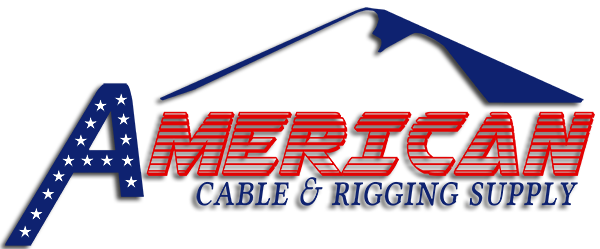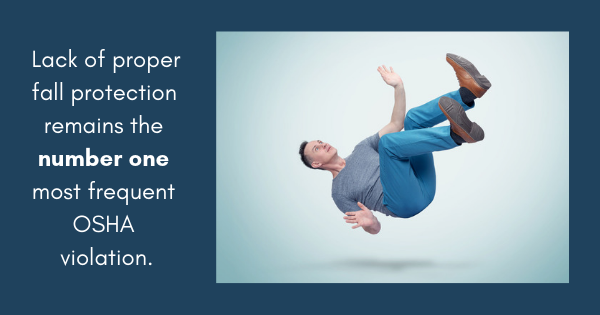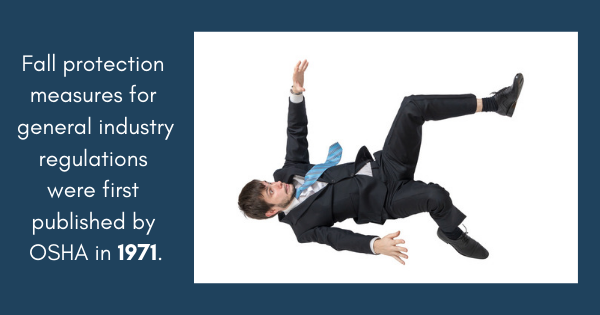
A Beginner’s Guide to Using Chain Slings
Lifting slings often play an important role in industries like construction and manufacturing, allowing employees to easily move heavy items. And when it comes to choosing lifting slings, chain slings are often a top choice. If you’re new to working with chain slings, here are a few basic things you should know.
What Are the Benefits to Using Chain Slings?
Compared to other types of slings, chain slings offer a variety of benefits. These types of slings are more durable because they can easily resist abrasions and other damage due to the fact that they’re made of metal. Additionally, they can be used in a variety of temperatures and environmental conditions, making them ideal for outdoor workspaces. These slings can be easily adjusted by simply removing or adding chain links and can be put together in the work environment with the right cable and rigging supplies.
Chain Sling Safety Tips
There are a lot of regulations in place for safety purposes, like the OSHA regulation that prevents guardrail openings from being larger than 19 inches. And with that in mind, there are also several safety regulations and tips that should be followed when using chain slings. First and foremost, chain slings should always be inspected before they’re used. The links and any attachments should be in good working condition or replaced if necessary. Additionally, the load weight should not be exceeded at any point. And chain slings should be stored hanging up and in a dry area to prevent any damage.
What NOT to Do When Using a Chain Sling
Just like any lifting equipment, there are certain things that should not be done when using chain slings. When using lifting slings in general, suspended loads should not be left unattended or jerked around when being lifted or lowered. Furthermore, any chain sling that is worn out or damaged in any way should not be used — and chain links should not be forced into place. Lastly, any attachments that need to be used should be attachments meant to be used with chain lifting slings.
Hopefully, this article provided valuable information regarding chain slings. If you’re looking for any cable or rigging supplies, including chain slings, contact American Cable and Rigging Supply today.



Recent Comments